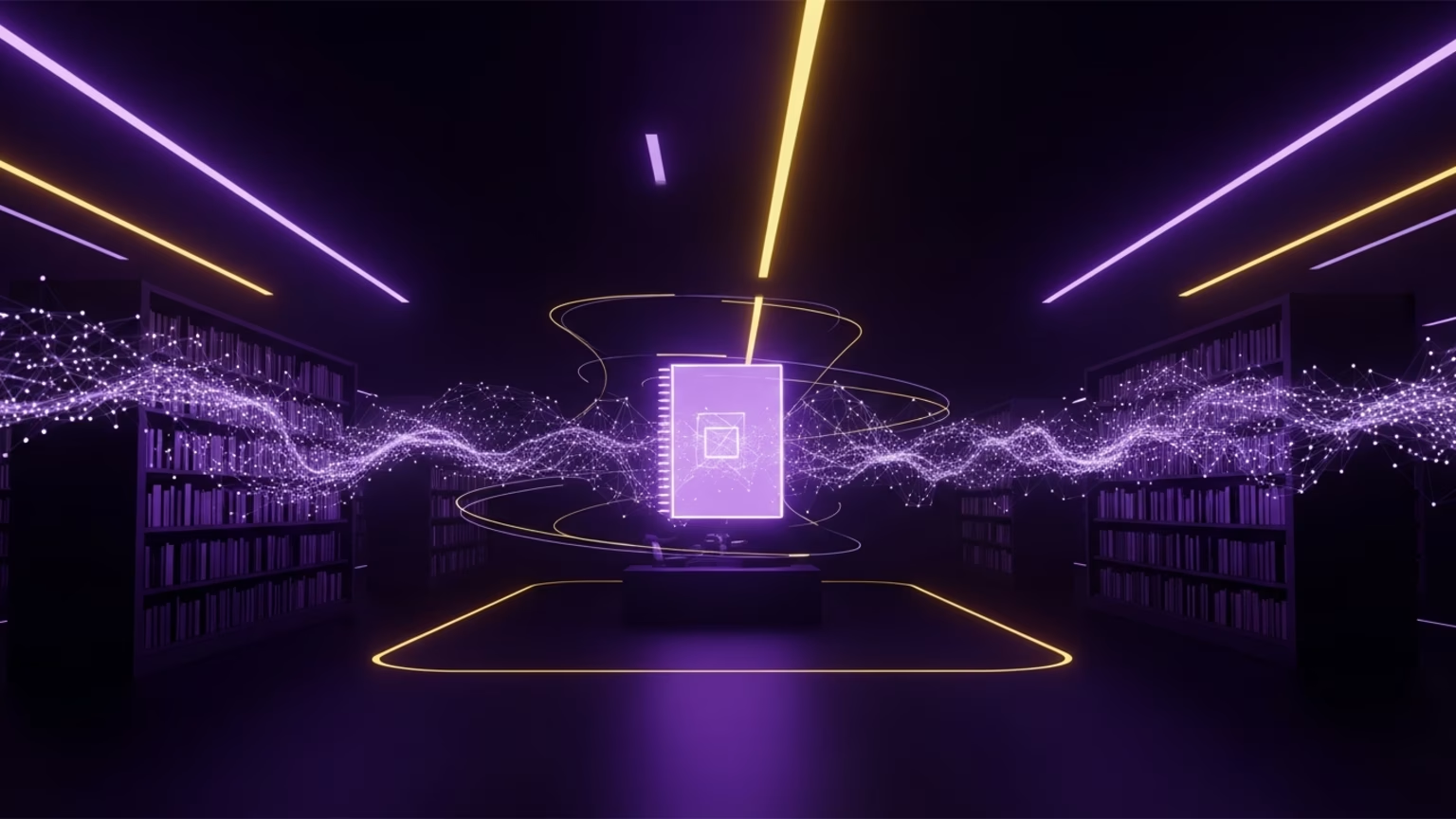
AI & Automation
Prepare for the 2025 AI holiday shopping surge
Adobe predicts a 520% surge in AI holiday shopping. Here is your plan to get ready.

The quick answer
Adobe's 2025 holiday forecast predicts a 520% increase in AI assisted online shopping. You need to prepare your e-commerce business now. Follow these steps:
- Audit your current AI tools. Identify what you already use for marketing, sales, and analytics to find gaps.
- Integrate a customer service AI chatbot. Use a chatbot to answer common questions, guide shoppers, and reduce support tickets during peak traffic.
- Optimize your site for AI-driven traffic. Structure your product data and content so generative AI tools like ChatGPT can easily find and recommend your products.
- Use AI to personalize the shopping experience. Implement AI-powered product recommendation engines that adapt to real-time user behavior.
- Prepare your website infrastructure. Ensure your site can handle traffic spikes from AI referrals, which can increase by over 1,000% on peak days.
The first true AI holiday season is coming
The 2025 holiday shopping season will be fundamentally different from any before it. New data from Adobe Analytics predicts that AI assisted online shopping will grow by 520% compared to last year. This isn't a small shift; it's a massive acceleration in how consumers find and buy products.
This surge is driven by shoppers using generative AI tools, intelligent search engines, and retailer chatbots to find deals and compare products. The stage is already set, with traffic to retail sites from AI sources like ChatGPT already increasing by 1,300% from 2023 to 2024.
Key numbers for the 2025 holiday season
The overall e-commerce market continues to grow despite economic pressures. Total U.S. online holiday sales are projected to hit $253.4 billion, a 5.3% increase from the previous year. AI is a major factor driving this growth.
Key shopping days are expected to set new records:
- Cyber Monday: Forecasted to be the largest online shopping day, reaching $14.2 billion in sales (a 6.3% year-over-year increase).
- Black Friday: Online sales are predicted to grow by 8.3% to $11.7 billion.
According to Vivek Pandya, director at Adobe Digital Insights, traffic from AI tools is a huge part of this story. He stated that this traffic will surge 520% year over year, with spikes of over 1,000% on peak days like Thanksgiving.
Your 4 step plan for AI holiday readiness
This forecast is a clear signal. You must adapt your e-commerce strategy to meet the expectations of an AI-powered consumer. Here is a practical, step-by-step plan to prepare your business.
Step 1: Audit your current AI capabilities
Before you add new tools, you need to know where you stand. Many platforms you already use have AI features built in. Start by creating a simple inventory.
List every software and platform your business uses for marketing, sales, and operations. For each one, identify any AI or machine learning features. This includes your email marketing platform's segmentation tools, your analytics dashboard's anomaly detection, or your ad platform's bidding algorithms.
This audit gives you a clear baseline. You will see where you are strong and where you have critical gaps. This focused approach ensures you invest in tools that solve real problems instead of chasing trends. A clear site structure is the foundation of any AI strategy, as it makes your data usable. We build websites built to rank and designed to convert from day one.
Step 2: Implement a smart AI chatbot
During the holiday rush, your customer support team is overwhelmed. An AI chatbot is your first line of defense. Modern chatbots do more than just answer "Where is my order?"
A well-implemented chatbot acts as a sales assistant. It can guide users to the right product category, answer detailed product questions, and even offer personalized discount codes to prevent cart abandonment. This frees up your human agents to handle complex, high-value customer issues.
To make your chatbot effective, train it on your specific product catalog, return policies, and shipping information. Ensure it can seamlessly hand off a conversation to a human agent when needed. This combination of AI efficiency and human touch creates a better customer experience.
Step 3: Enhance product discovery with AI
Standard keyword search is no longer enough. Customers expect to find what they want quickly, even if they don't know the exact terms. This is where AI-powered search and discovery tools excel.
Integrate semantic search into your website. This technology understands the user's intent, not just the keywords they type. For example, a search for "warm jacket for hiking that isn't bulky" should deliver relevant results, even if those exact words aren't in your product descriptions.
Also, consider visual search. Allow users to upload a photo to find similar products in your inventory. These tools reduce friction and help customers find what they love faster, directly increasing conversion rates. You can find more details on these trends in reporting from TechCrunch on the Adobe study.
Step 4: Personalize marketing with AI recommendations
Generic marketing is dead. AI allows you to deliver hyper-personalized experiences at scale. Use AI to analyze customer data—browsing history, past purchases, and even mouse movements—to predict what they want to see next.
Upgrade your product recommendation engine. Move beyond simple "Customers who bought this also bought..." widgets. Use AI to show recommendations based on an individual's unique journey. If a customer is browsing a specific brand of running shoes, your AI should recommend matching apparel from the same brand, not a random bestseller.
Extend this personalization to your email and social media marketing. Send targeted offers and content that reflect each customer's specific interests. This level of personalization makes customers feel understood and dramatically improves engagement and sales. A high-converting website is essential for this, which is what Ingeniom delivers through its fully managed monthly plans.
Prepare for a new kind of website traffic
Adobe's report highlights a critical fact: AI-driven traffic to retail sites is already up 1,300%. This is not just more traffic; it's a different kind of traffic. These users arrive on your site after consulting with an AI tool like Google's AI Overviews or ChatGPT.
This means they arrive with high intent and very specific needs. They are not browsing aimlessly. They are looking for direct answers and specific product attributes that the AI recommended. Your website must be structured to provide these answers immediately.
How to optimize for AI referrals
To capture and convert this traffic, your site needs to be machine-readable. AI tools scan websites for clear, structured information. If your content is buried in complex layouts or vague marketing copy, AI will ignore it.
Follow these technical optimizations:
- Use structured data (Schema.org). Tag your products with schema markup for price, availability, reviews, and specifications. This helps AI tools understand your offerings instantly.
- Write clear, factual product descriptions. Focus on features, benefits, and specifications. Answer the questions a customer would ask.
- Build comprehensive FAQ sections. Create detailed FAQ pages for your products and store policies. Use a simple question-and-answer format that AI can easily parse and present to users.
This optimization work has a double benefit. It prepares you for AI-driven traffic and improves your traditional SEO. Search engines love clear, well-structured content. Making your website built to rank is no longer optional.
Other trends shaping the 2025 holiday season
While AI is the headline, other significant trends are influencing consumer behavior. Understanding these provides a complete picture of the market you are operating in.
The continued rise of social commerce
Shopping on social media platforms is set to grow by 51%. Influencers and user-generated content are powerful drivers of sales. Your strategy must include a strong presence on platforms like Instagram, TikTok, and Facebook, with clear paths to purchase directly from your social content.
Buy Now, Pay Later (BNPL) remains popular
With ongoing economic uncertainty, consumers are actively looking for ways to manage their budgets. BNPL services are a key tool for this. Offering options like Klarna or Afterpay at checkout can reduce purchase anxiety and increase average order value. The original Adobe forecast, covered by outlets like Axios, confirms that cost-conscious consumers are driving many of these digital trends.
Your immediate next actions
The 2025 holiday season is closer than you think. The time to prepare for the AI shopping surge is now. Focus your efforts on these key areas to ensure you are ready.
Your checklist for the next 90 days:
- Complete your AI audit. Know what tools you have and where the gaps are.
- Select and begin implementing an AI chatbot. Start with a simple version focused on answering your top 10 customer questions.
- Review and update your top 20 product pages. Ensure descriptions are clear, factual, and supported by structured data.
- Evaluate your current recommendation engine. If it's not delivering personalized results, start researching modern AI-powered alternatives.
By taking these concrete steps, you position your business to not just survive the first true AI holiday season, but to thrive in it.
read more
Similar articles

How to stop the ChatGPT em dash for good

Google NotebookLM guide to deep research
Let’s grow
Start your monthly marketing system today
No guesswork, no back-and-forth. Just one team managing your website, content, and social. Built to bring in traffic and results.




